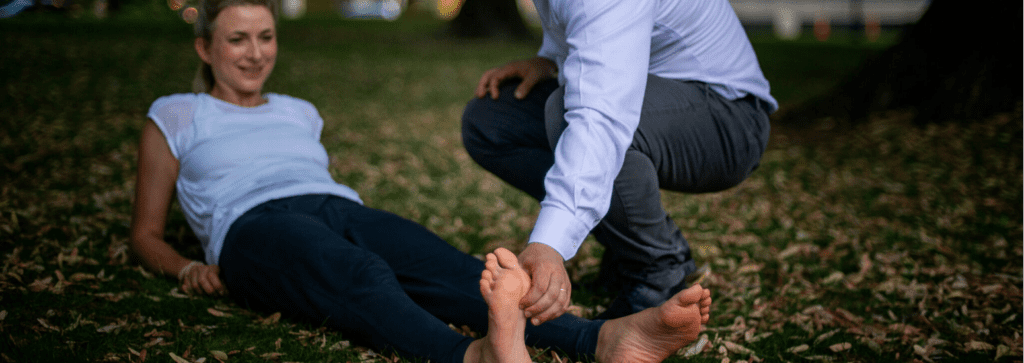Dystonia, a neurological movement disorder, may seem overwhelming, but with the right understanding, strategies, and support, you can transform challenges into opportunities for growth and empowerment. This guide offers a deep dive into how you can navigate life with dystonia, manage symptoms effectively, and inspire resilience.

Breaking Down Dystonia: What You Need to Know
What is Dystonia?
Dystonia is a neurological condition characterized by involuntary muscle contractions that cause repetitive movements, twisting postures, or abnormal positioning. It can range from mild to severe and may impact different parts of the body, including the neck (cervical dystonia), face, or limbs.
Key Facts About Dystonia:
- Types: Includes focal (specific area), segmental (multiple connected areas), and generalized dystonia (entire body).
- Causes: Can result from genetic mutations, brain injuries, medication side effects, or be idiopathic (unknown cause).
- Symptoms: Muscle spasms, pain, fatigue, and difficulty performing daily tasks.
- Diagnosis: A neurologist may use medical history, physical exams, imaging tests, or genetic screening to confirm the condition.
Treatment Options for Effective Dystonia Management
- Medications: Muscle relaxants, botulinum toxin injections, or anticholinergic drugs to reduce muscle activity.
- Therapies: Physical therapy and occupational therapy improve mobility and reduce strain.
- Advanced Interventions: Deep brain stimulation (DBS) can provide relief for severe cases.
Practical Tips for Living Well with Dystonia Management
a. Managing Daily Life:
- Use Assistive Tools: Adaptive utensils, voice-controlled devices, or ergonomic chairs can ease strain and enhance independence.
- Plan Ahead: Break tasks into smaller, manageable steps and avoid overexertion by taking breaks.
- Stay Organized: Use planners, alarms, or reminders to structure your day and reduce cognitive load.
b. Staying Physically Active:
- Incorporate low-impact exercises like swimming, yoga, or tai chi to maintain flexibility and reduce muscle stiffness.
- Work with a physical therapist to tailor exercises for specific areas affected by dystonia.

c. Building Emotional Resilience:
- Practice mindfulness or meditation to cope with anxiety or frustration.
- Acknowledge your achievements, no matter how small, to foster positivity and self-confidence.
Holistic Approaches to Dystonia Management
a. Diet and Nutrition:
- Anti-Inflammatory Foods: Include leafy greens, berries, and omega-3-rich foods like salmon and walnuts to support nerve health.
- Magnesium-Rich Foods: Found in spinach, almonds, and dark chocolate, magnesium can help relax muscles.
- Stay Hydrated: Proper hydration supports muscle function and overall health.
b. Alternative Therapies:
- Acupuncture: Helps alleviate muscle tension and promote relaxation.
- Massage Therapy: Provides relief for muscle tightness and improves circulation.
- Aromatherapy: Essential oils such as lavender or peppermint may reduce stress and promote relaxation.
c. Stress Reduction Techniques:
- Practice deep breathing exercises, progressive muscle relaxation, or guided imagery to manage stress levels.
- Incorporate hobbies or creative outlets like art or music to shift focus and enhance well-being.
Building a Support Network: Finding Help and Hope
a. Family and Friends:
- Educate loved ones about dystonia so they can understand and support your needs.
- Delegate tasks when needed and maintain open communication about your challenges and achievements.
b. Healthcare Providers:
- Collaborate with neurologists, therapists, and counselors to create a comprehensive care plan.
- Regular follow-ups ensure that treatments remain effective and are adjusted as needed.
c. Peer Support Groups:
- Join local or online dystonia support groups to connect with individuals who share similar experiences.
- These groups provide emotional encouragement, practical tips, and a sense of community.
d. Advocacy Organizations:
- Reach out to organizations such as the Dystonia Medical Research Foundation or the National Organization for Rare Disorders (NORD) for resources, research updates, and support programs.
Transformative Experiences: Success Stories in Dystonia Management
a. Sarah’s Journey to Rediscovery:
Sarah, a teacher diagnosed with cervical dystonia, initially struggled with pain and fatigue. Through physical therapy and adopting mindfulness practices, she found new ways to manage symptoms and transitioned to a part-time teaching role, empowering students and herself.
b. Mark’s Triumph with Adaptation:
Mark, an athlete, faced generalized dystonia after a sports injury. Using assistive devices and a tailored fitness plan, he returned to his passion for running by focusing on shorter, adaptive marathons, inspiring his community with his determination.
c. Emma’s Path to Empowerment:
Emma, a young mother, managed her dystonia by embracing holistic treatments like acupuncture and yoga while relying on her family’s support. Her resilience allowed her to balance her responsibilities at home while pursuing advocacy work for others living with dystonia.
Conclusion: From Pain to Power
Conquering dystonia is a journey that requires courage, persistence, and a proactive approach. By understanding the condition, adopting practical and holistic strategies, and building a strong support network, you can take control of your life and transform challenges into opportunities for growth. Remember, every step forward—no matter how small—is a testament to your strength. Let your story of resilience inspire others to find their path from pain to power.



